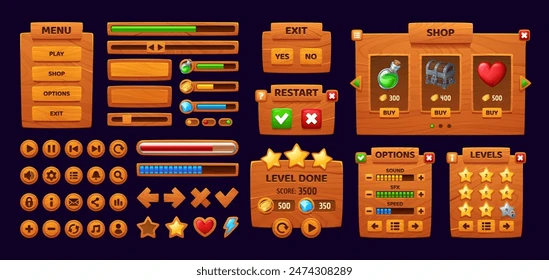Gaming apps are designed in ways that attract the players, incoherently pushing them to use their money. With flashy graphics and smart layouts, every detail is incorporated to make the betting/purchasing process an exciting one. For players, these apps turn sports or casino games into thrilling moments, but they also encourage spending in subtle ways. Whether it’s a quick wager on a cricket match or grabbing virtual coins, interfaces make spending seem effortless and fun. By spotting these design tricks, players can enjoy games while making smarter money choices. This article breaks down how visuals, rewards, social features, and payment systems quietly guide spending decisions in gaming apps.
How Visual and Sound Design Spark Spending
Bright colors and moving graphics grab attention, pushing players toward purchases. A glowing “Buy Now” button or animated coins make offers tempting. Sounds like celebratory chimes after a buy, making spending feel rewarding. Apps like the parimatch app login india use vibrant designs to highlight betting options and prompt quick action. Store layouts place premium items front and center, guiding players to bigger buys. Some design tricks to watch include:
- Flashy buttons that scream for clicks.
- Upbeat sounds are tied to purchases. Testing an app’s shop during a short session shows how these cues work. By noticing bold visuals or catchy sounds, players can spot when the app’s pushing a purchase, helping them stay in charge of their spending and keep the fun in focus.
Reward Systems That Fuel Purchases
Games use rewards to keep players hooked and spending. Daily bonuses, like free spins, build habits that lead to real-money buys. Loot boxes or random rewards add a thrill, tempting players to spend for rare items. Limited-time deals, like special boosts, create urgency to act fast. For example, a sports betting app might offer an IPL bonus, pushing players to spend during a match.
Trying a free reward without buying tests its pull. Noting how often paid items pop up helps players stay cautious. By analyzing these reward systems, players can enjoy the excitement without feeling pressured to spend every time. Staying aware of these tactics ensures the focus stays on fun, letting players make thoughtful choices while chasing those rewarding game moments.
Social Features That Nudge Money Decisions
Social features in gaming apps make spending feel like part of the vibe. Leaderboards spark competition, pushing players to spend on boosts to climb ranks. Gifting systems, where players trade virtual items, create pressure to keep up with friends. Team events, like esports challenges, encourage spending to support the group’s success. For instance, betting on a live match might feel like cheering with the crew.
Checking leaderboards weekly can reveal spending urges. Watching how friends’ bets influence choices helps players stay mindful. These social nudges make spending seem natural, but pausing before buying helps make smart decisions. By studying these features, players can enjoy the community fun without letting it empty their wallets, ensuring every bet or purchase feels like a thoughtful part of the game.
Payment Systems That Make Spending Easy
Gaming apps make spending a breeze with clever payment setups. One-tap purchases, like buying coins with a single click, speed up unplanned buys. Virtual currencies, like in-game chips, mask real costs, making 100 INR feel like “1000 points.” Subscriptions or passes lock players into regular payments for perks. For example, a betting app might offer a monthly pass for better odds, tempting repeat deposits. Testing a small purchase, like 50 INR, shows how simple it is. Some payment tricks include:
- One-tap buttons for instant buys.
- Virtual coins that hide real costs. Checking payment history weekly tracks habits. Using familiar methods, like UPI, keeps things clear. By analyzing these systems, players can avoid overspending and make smart choices, keeping the gaming fun, affordable, and stress-free.
The Future of Game Spending and Fairness
Gaming interfaces are designed to generate excitement and encourage players to spend money, from small bets to large purchases. Flashy visuals, clever rewards, social vibes, and easy payments shape how users spend in apps. While these designs make games thrilling, they can lead to overspending, especially for younger players. Future apps should focus on fair practices, like clear spending limits or honest rewards, to protect users while keeping the fun alive. By staying aware of these design tricks, players can enjoy gaming apps without draining their wallets, making every session a smart and exciting experience that balances thrill with thoughtful money choices.
